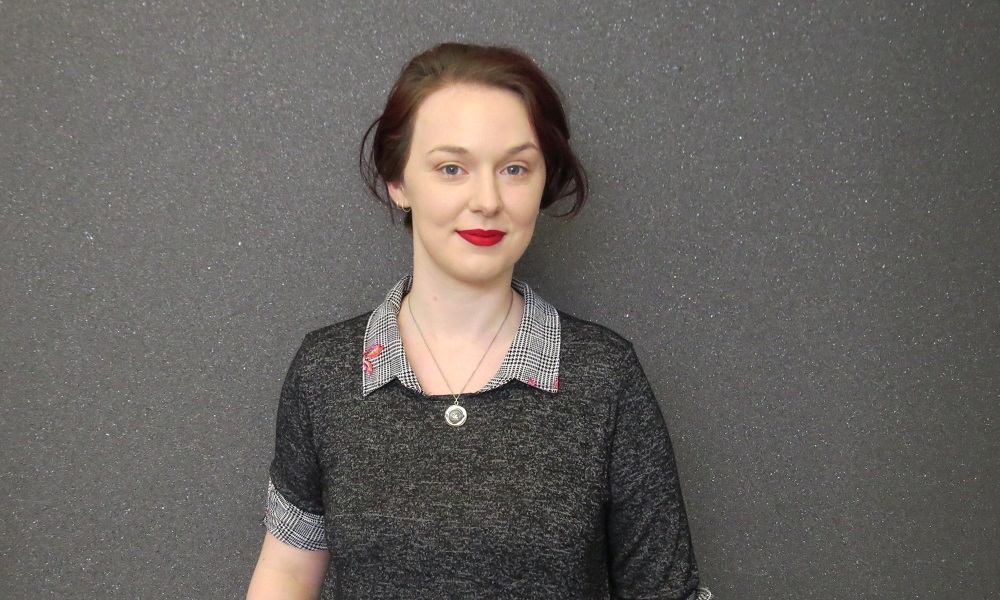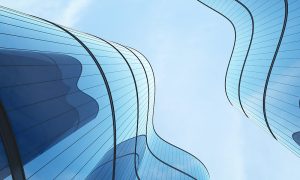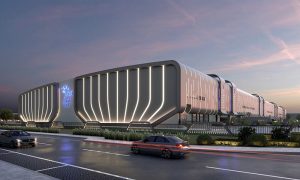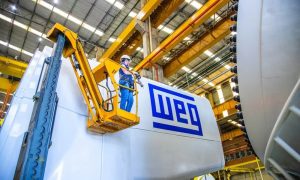Opinion: Why engineers must always consider human-induced vibration
Leading commercial developer of engineering software Oasys on how to design structures that end-users can enjoy safely and comfortably. Amy Hodgetts writes

Human induced vibration, or more accurately vibrations caused by human footfall, often conjure images of Millennium Bridge-style swaying or collapsing buildings. But in reality, the ‘damage’ caused by human induced vibrations is less likely to ruin a structure and more likely to cause discomfort in people! Though not as dramatic as a structural failure, any good engineer wants to make sure the people using their structures, be it bridges or buildings or anything in between, can do so safely and comfortably. This is why human induced vibration must be considered within the design process.
Resonance vs Impulse
There are two ways that human-induced vibrations affect structures: resonant, and impulse or transient response.
Put simply, resonance occurs when Object A vibrates at the same natural frequency as Object B. Object B resonates with this and begins to vibrate too. Think singing to break a wine glass! Although the person singing isn’t touching the glass, the vibrations of their voice are resonating with the glass’s natural frequency, causing this vibration to get stronger and stronger and eventually, break the glass. In the case of a structure, resonance occurs when the pedestrian’s feet land in time with the vibration.
On the other hand, impulse or transient vibration responses can be a problem on structures where its natural frequencies are too high for resonance to occur, such as where the structure is light or stiff. Here the discomfort is caused by the initial “bounce” of the structure caused by the footstep and is a concern on light or stiff structures.
Engineers must, of course, design to reduce the vibration effects caused by either impulse or resonance.
Potential impacts from human induced vibration
Human induced vibration can lead to a number of effects upon the structure and its users. These include:
Interfering with sensitive equipment. Depending on the building’s purpose, what it houses can be affected by the vibrations of people using the building. Universities and laboratories, for example, may have sensitive equipment whose accuracy and performance could be damaged by vibrations. Even in ordinary offices the footfall vibration can wobble computer screens, upsetting the workers.
Swaying bridges. One of the most famous examples of human-induced resonance impacting a structure occurred with the Millennium Bridge. As people walked across the bridge, the footsteps caused the bridge to sway, and everybody had to walk in time with the sway because it was difficult not to. Thankfully, this feedback can only occur with horizontal vibrations so building floors are safe from it, but footbridges need careful checking to prevent it.
Human discomfort. According to research, vibrations in buildings and structures can cause depression and even motion sickness in inhabitants. Tall buildings sway in the wind and footsteps can be felt, even subconsciously by the occupants. It has been argued that modern efficient designs featuring thinner floor slabs and wider spacing in column design mean that these new builds are not as effective at dampening vibrations as older buildings are.
Jeopardising structural integrity. The build-up of constant vibrations on a structure can, eventually, lead to structural integrity being compromised. A worse-case scenario would be the complete collapse of the structure and is the reason some bridges insist that marching troops break step before crossing. Crowds jumping in time to music or in response to a goal in a stadium are also dynamic loads that might damage an under-designed structure.
How to avoid it
As mentioned, modern designs that favour thinner slabs and wider column spacing are particularly susceptible to all forms of vibration, human-induced or otherwise, but short spans can also suffer due to their low mass. Using sophisticated structural design and analysis software is an effective method for engineers to test for and mitigate footfall and other vibrations at the design stage .
Amy Hodgetts is a content writer on behalf of Oasys, a leading commercial developer of engineering software. Hodgetts is a graduate from the University of Glasgow, with an undergraduate MA (Hons) in English Language.
Further Reading:
https://www.oasys-software.com/news/analysing-vibration-with-gsa/
https://www.oasys-software.com/case-studies/footfall-analysis-singapores-helix-bridge/
https://www.oasys-software.com/case-studies/princeton-university-frick-laboratory/
http://homepage.tudelft.nl/p3r3s/MSc_projects/reportRoos.pdf
https://phys.org/news/2017-03-impact-bridges-skyscrapers-human-health.html
https://www.quora.com/Whats-the-difference-between-resonance-and-aeroelastic-flutter


















